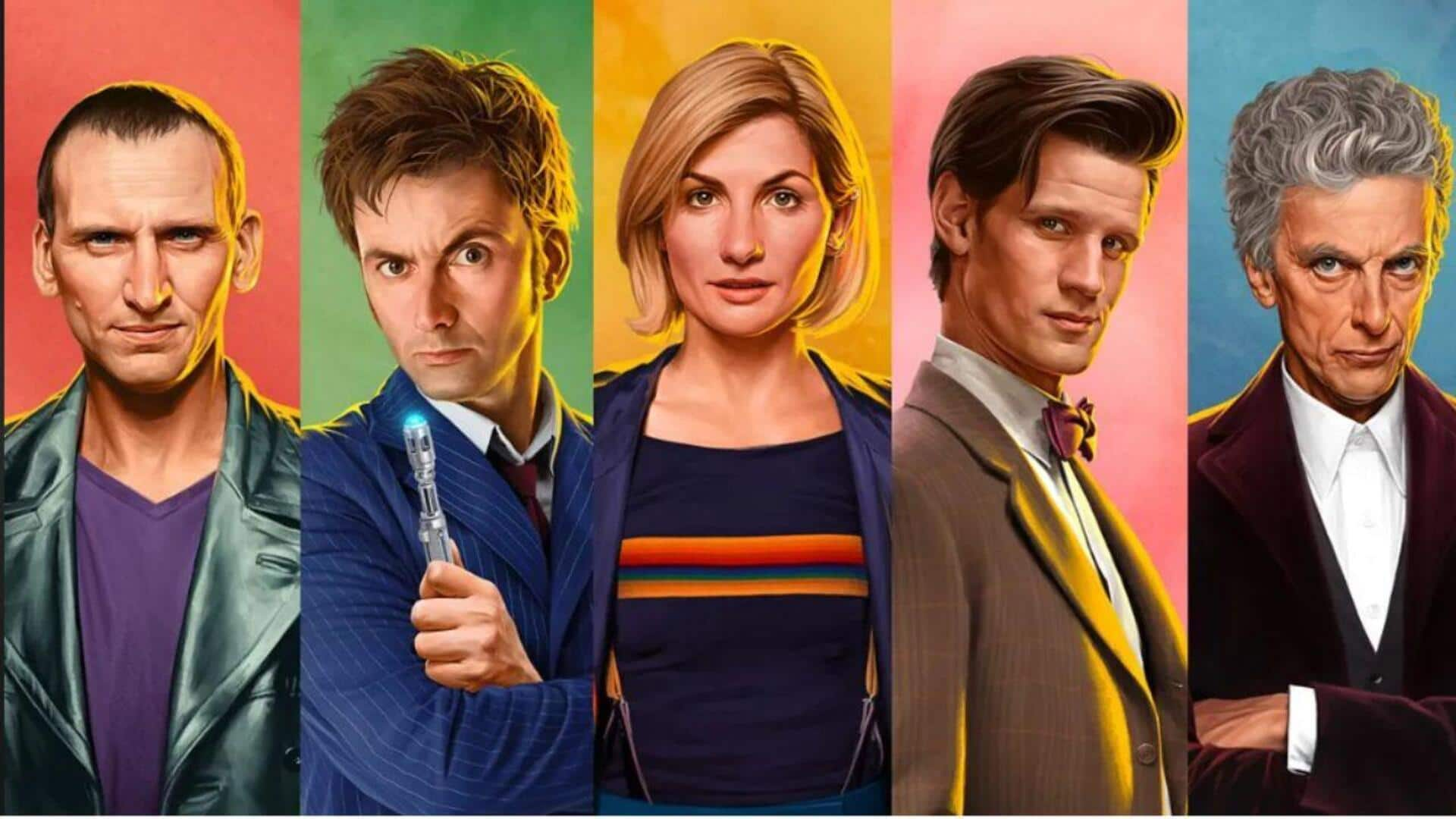
How 'Doctor Who' conquered American cinema through the years
What's the story
British science fiction series Doctor Who has come a long way in the US cinema. Since the show first aired in 1963, it has transformed from a niche program to a cultural phenomenon. With its unique storytelling and iconic characters, the show has been able to enthrall audiences across the globe. In the US, Doctor Who has been adapted and influenced in various ways, which has shaped its presence in American cinema.
#1
Early adaptations and influence
In its nascent years, Doctor Who discovered its American audience via TV broadcasts on PBS stations, familiarizing them with the Doctor's adventures. This era was crucial as the show's imaginative plots and character development started inspiring filmmakers, marking its influence on other forms of media. These early broadcasts were integral in weaving Doctor Who into the fabric of American entertainment culture.
#2
Theatrical releases and specials
The late 20th century also witnessed attempts to bring Doctor Who to the big screen with theatrical releases and specials. These projects aimed at capturing a broader audience by leveraging cinematic techniques, but staying true to the original series' essence. Though not all were successful, they played an important role in keeping the interest alive among fans.
#3
Revival era impact
Notably, the 2005 revival of Doctor Who changed the game for its US cinema presence. With modern production values and storytelling techniques, it attracted new viewers while retaining long-time fans. This era saw increased merchandise sales and conventions dedicated to celebrating the series's impact on pop culture.
#4
Collaborations with American studios
Collaborations between British producers and American studios have greatly improved Doctor Who's footing in US cinema. These collaborations have created co-productions that blend the quintessential British charm of the original series with the grandeur and flair of Hollywood. This blend has not only widened its appeal but also strengthened its penetration into mainstream American entertainment channels, marking a significant evolution in its cinematic journey.